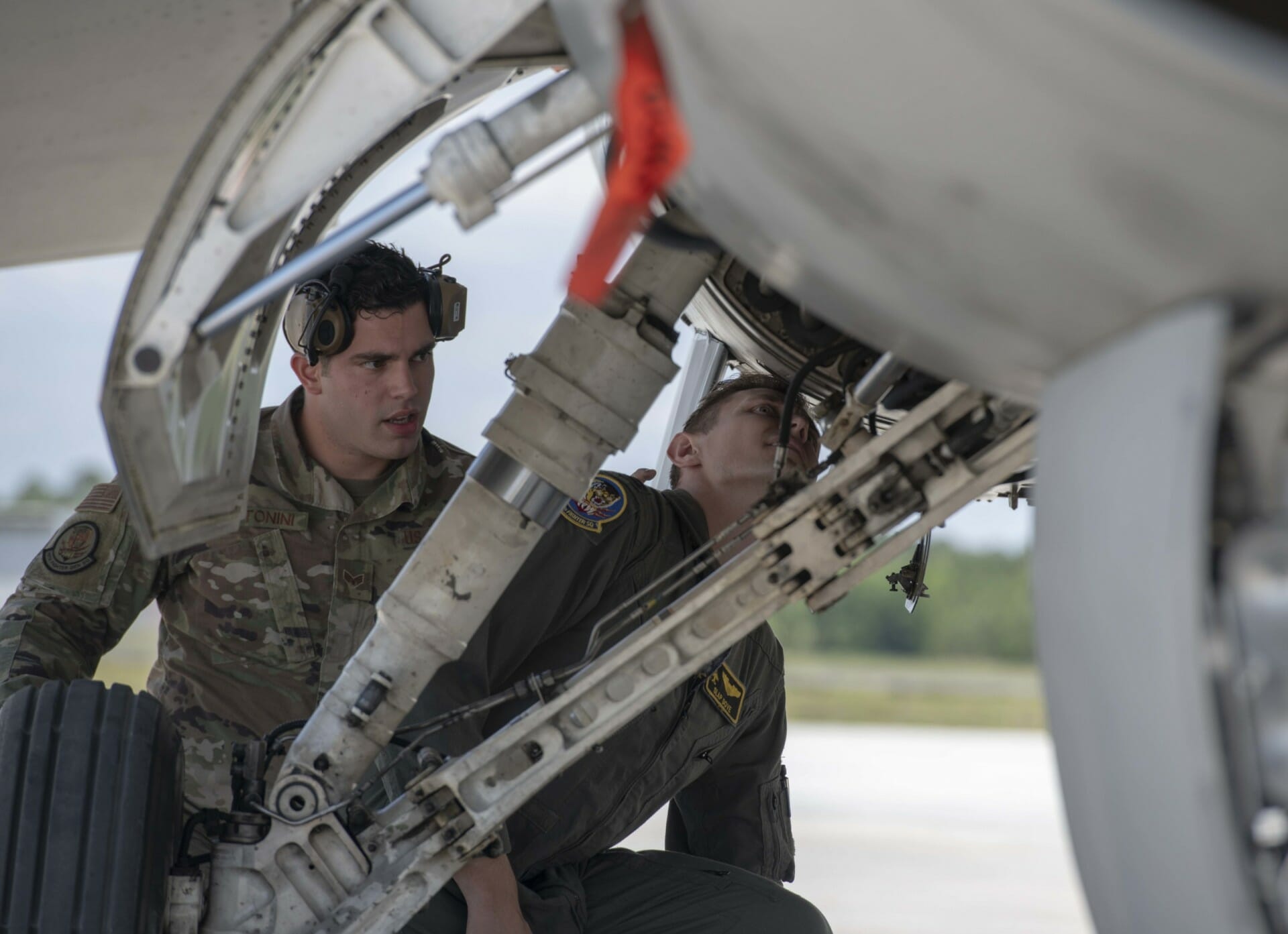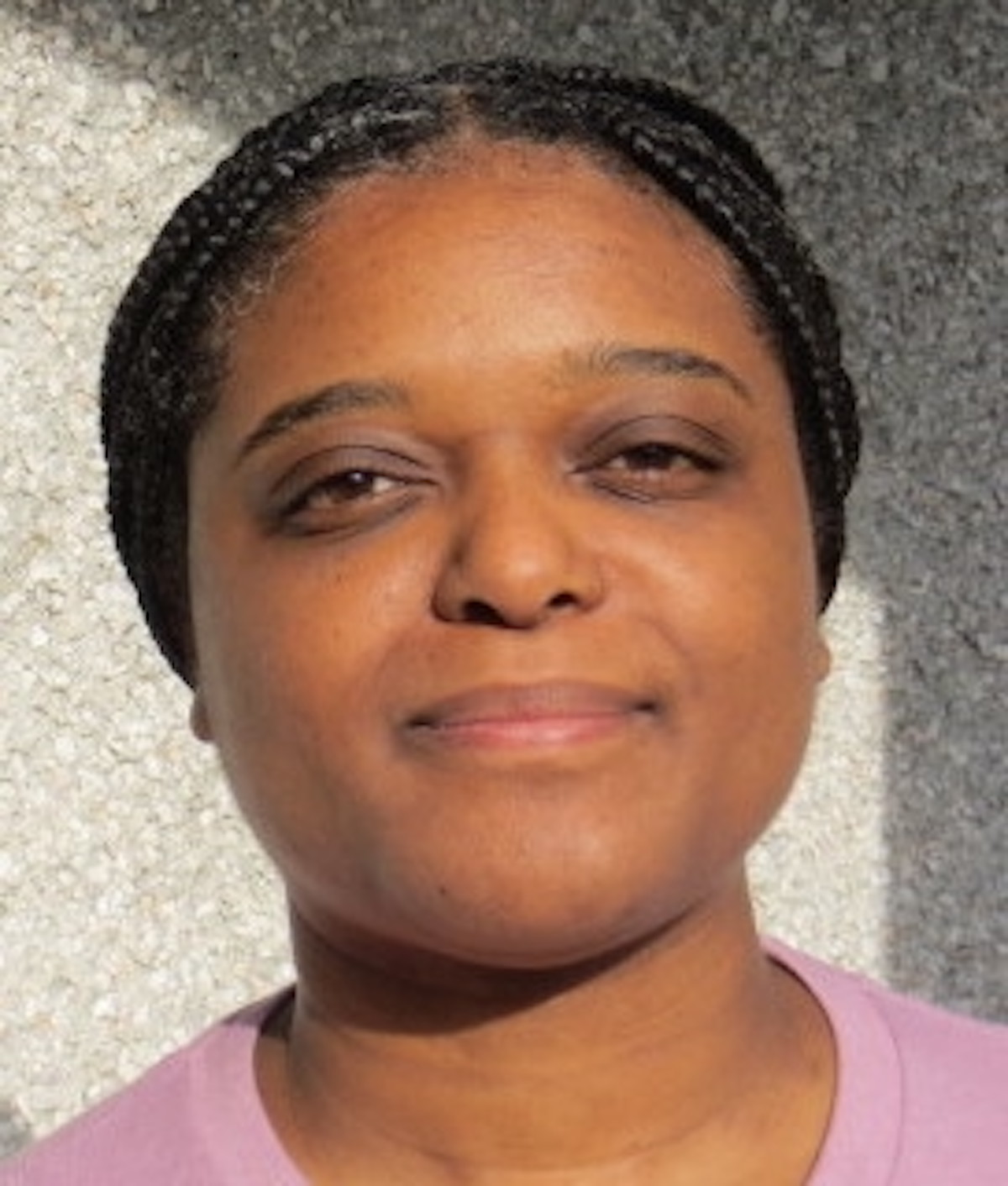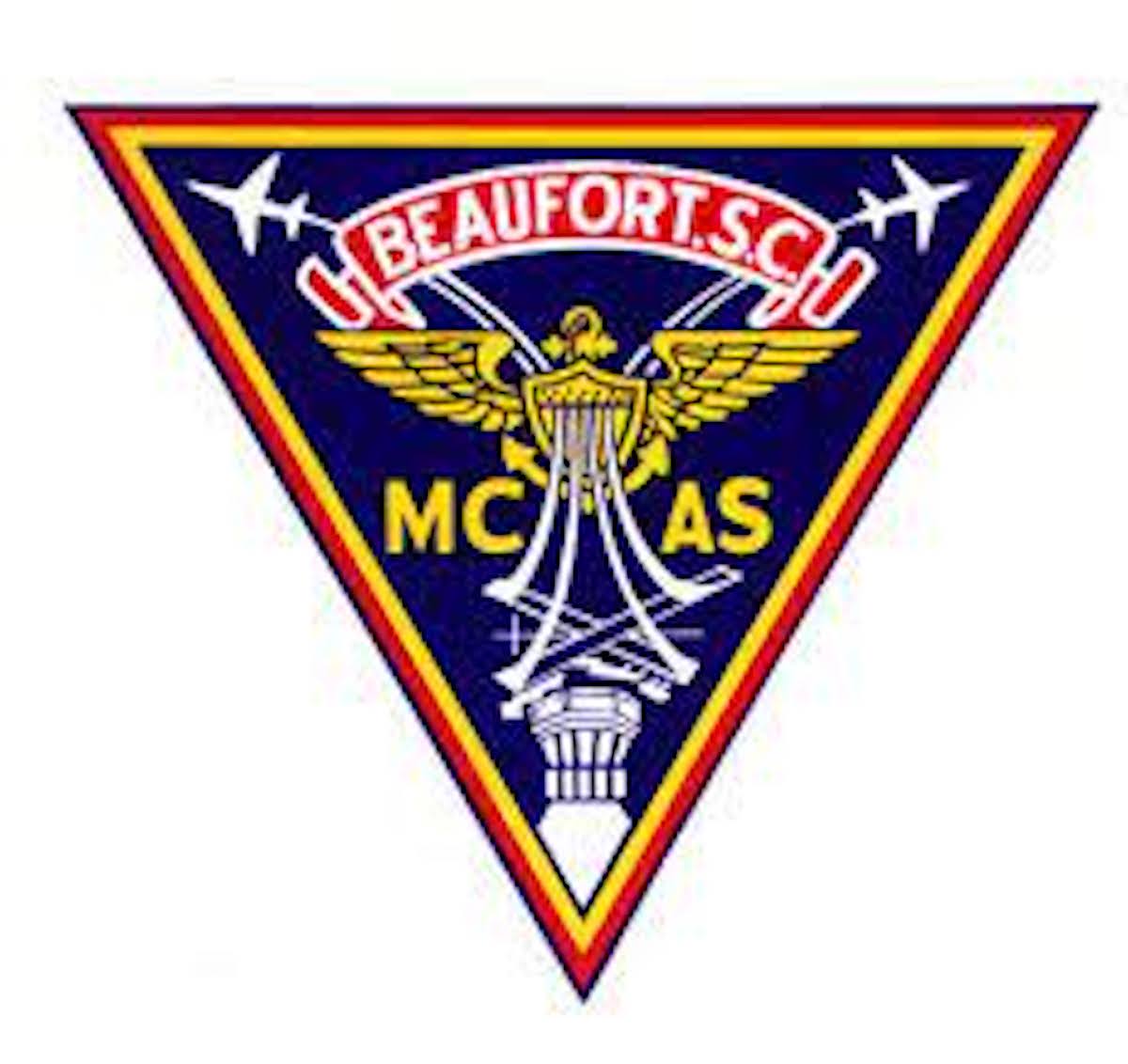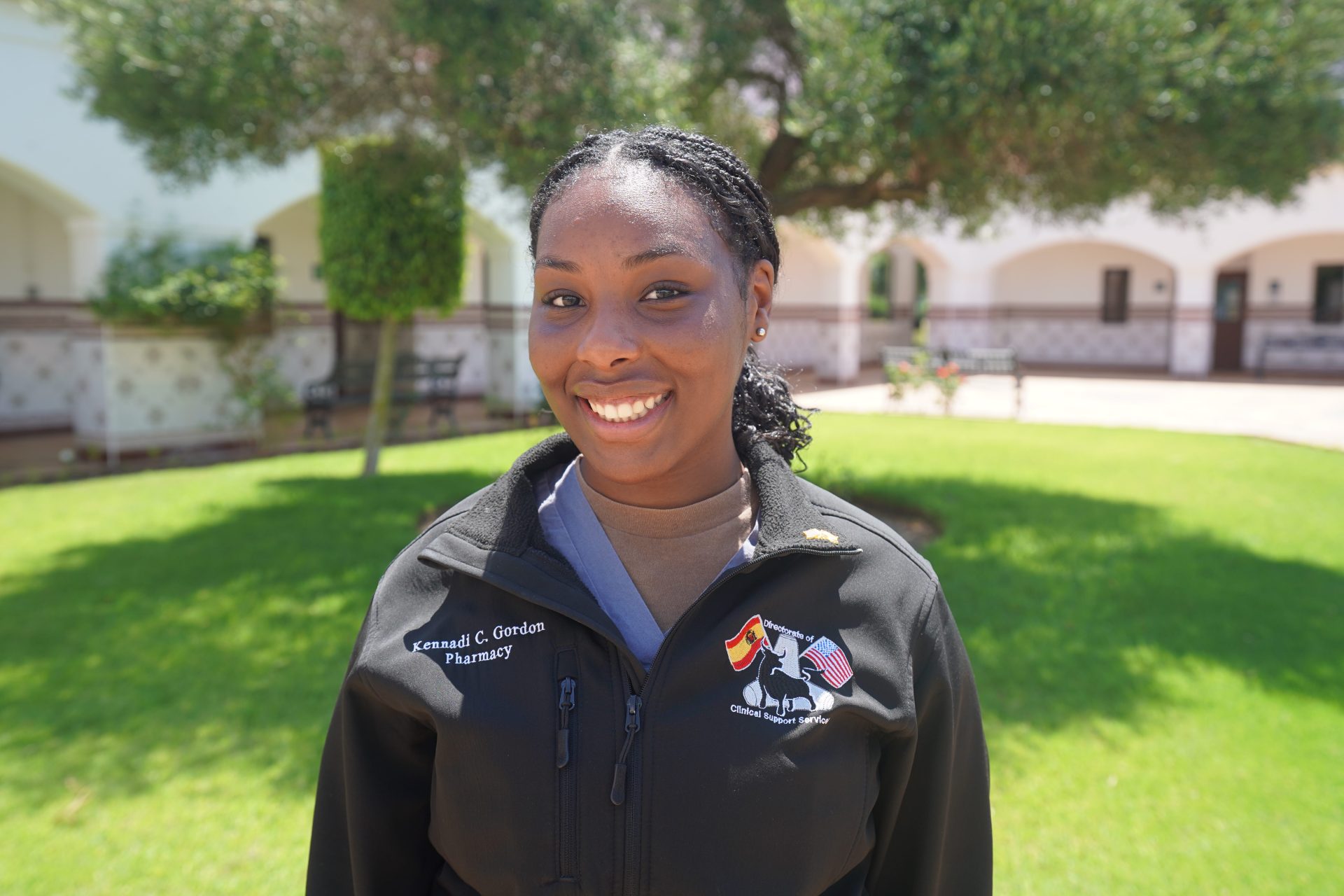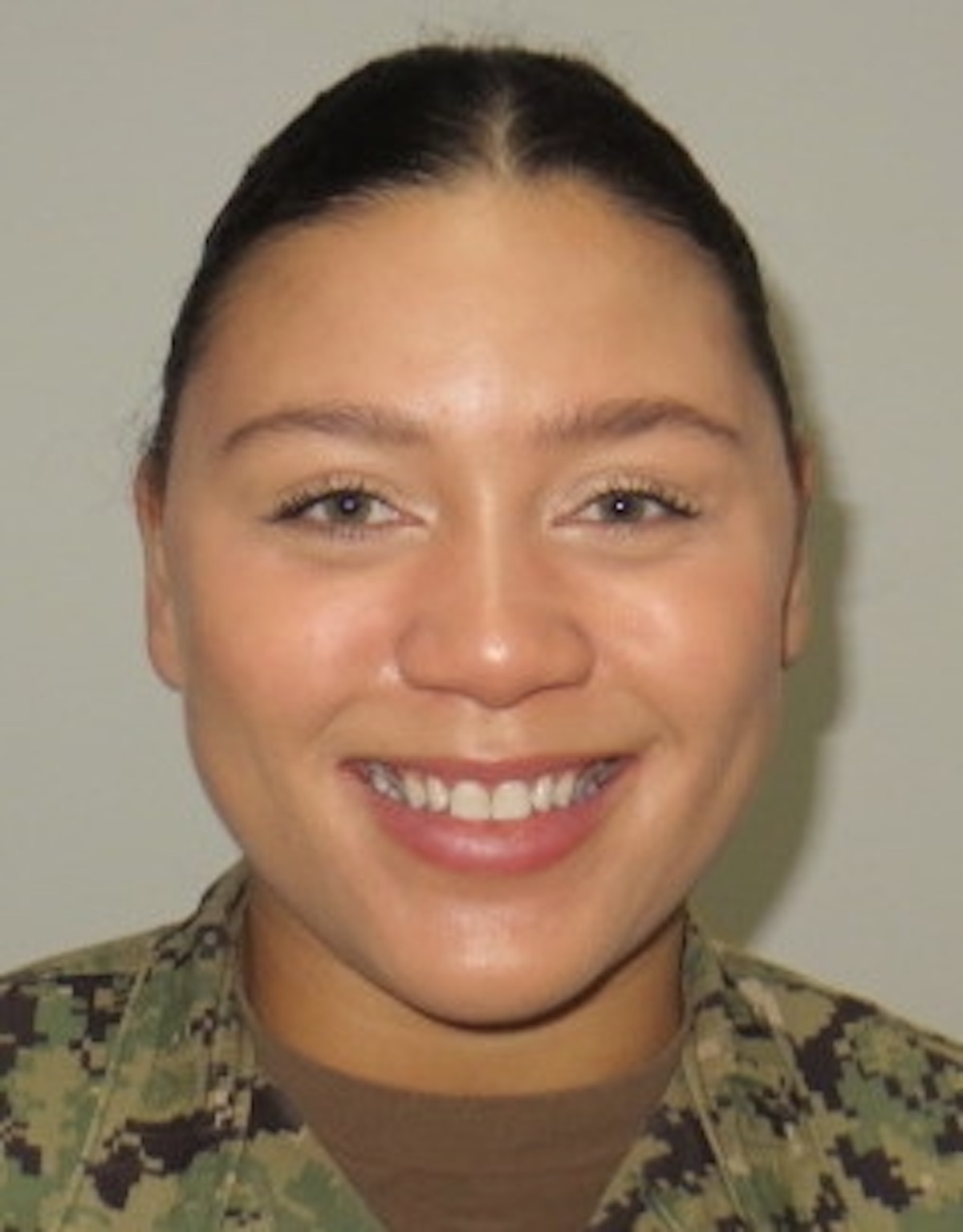By Senior Airman Jacob Gutierrez, USAF
The launch of an F-16 Viper involves a team of both aggressively trained maintenance Airmen as well as combat ready pilots. Together they move the aircraft into the skies to execute close air support, suppression of enemy air defenses, and other missions as dictated by their air tasking orders.
However, as the future fight builds towards a more austere destination, the entire team trains with the intent to operate in a contingency location.
A small team of U.S. Air Force pilots and maintenance Airmen from the 20th Fighter Wing trained together on agile combat employment (ACE) functions May 17-21 at Marine Corps Air Station Beaufort.

“In the world we live in today with our near-peer adversaries, it’s very likely in our next conflict that we won’t have (traditional) ground support,” said Capt. Jacob Impellizzeri, 79th Fighter Squadron F-16 pilot. “In the event we land in contingency operations, my wingmen and I need to know how to post-flight these jets, and prepare them for potential combat sorties.”
Simulating an environment of ACE models, the pilots trained on how service and turn their own aircraft and potentially launch again to continue delivering sorties. The maintenance team trained alongside one another as well to better develop each other in multi-capable concepts.
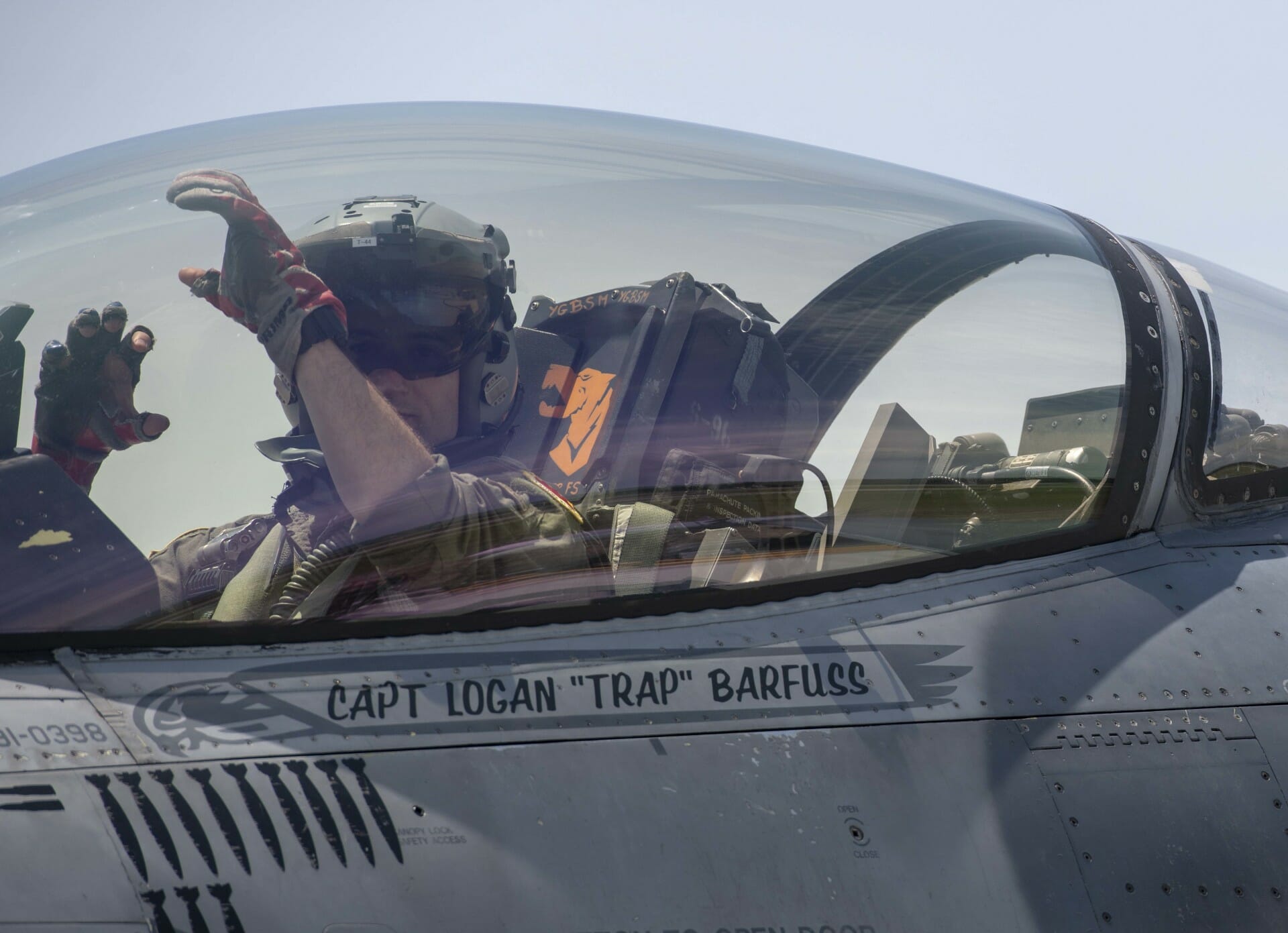
“We trained here on tasks like servicing fuel, oil, hydraulics, and serviceability through inspections,” said Staff Sgt. Zachary Szalay, 79th Fighter Generation Squadron crew chief. “This training is important because it provides the opportunity for all of us to become more well-rounded in other fields.”
Fielding the exercise at MCAS Beaufort was necessary to participate in a joint training opportunity fostering interoperability between the services as well as simulate an environment for our pilots without the support offered by their home station.
Capt. Impellizzeri further explained that tomorrow’s conflict requires the team to continue building towards the idea of operating in the unknown and preparing for all possibilities.
“We need to be more agile, and flexible about how we fight our next wars,” said Impellizzeri. “This entire week that we’re down here is only proving that point.”


